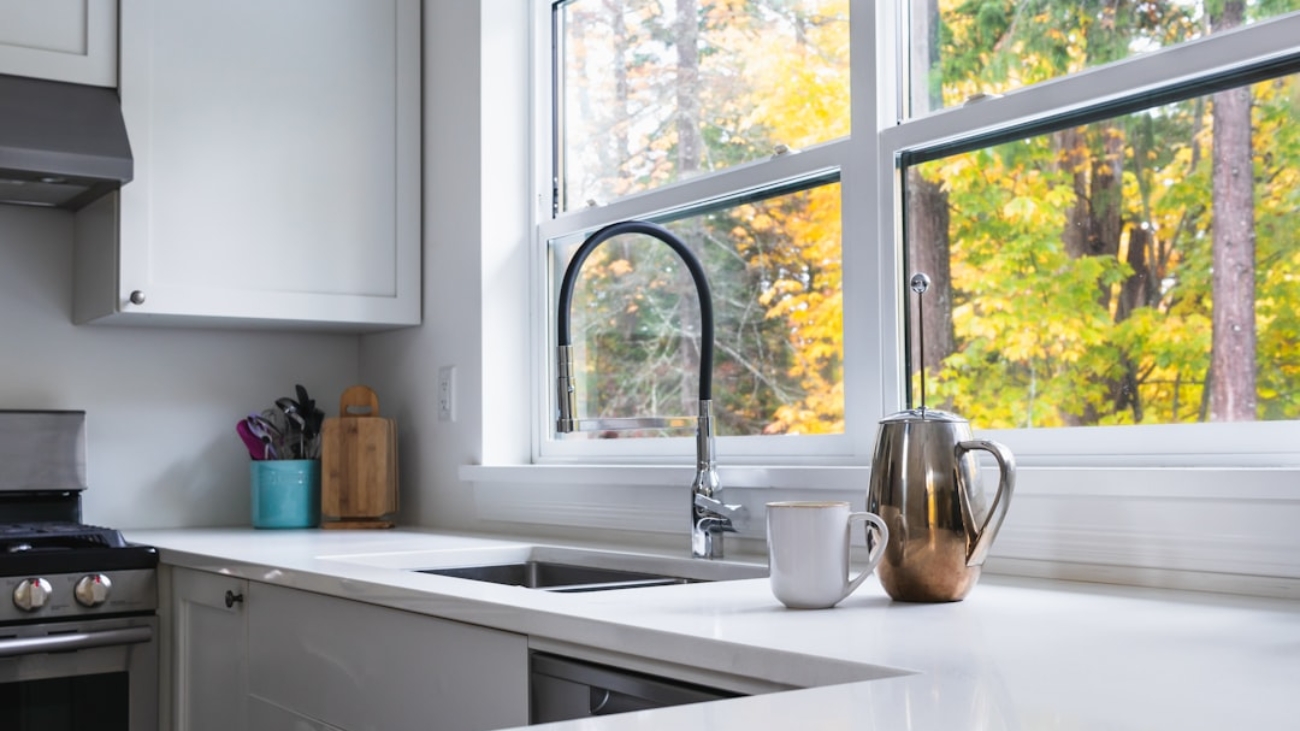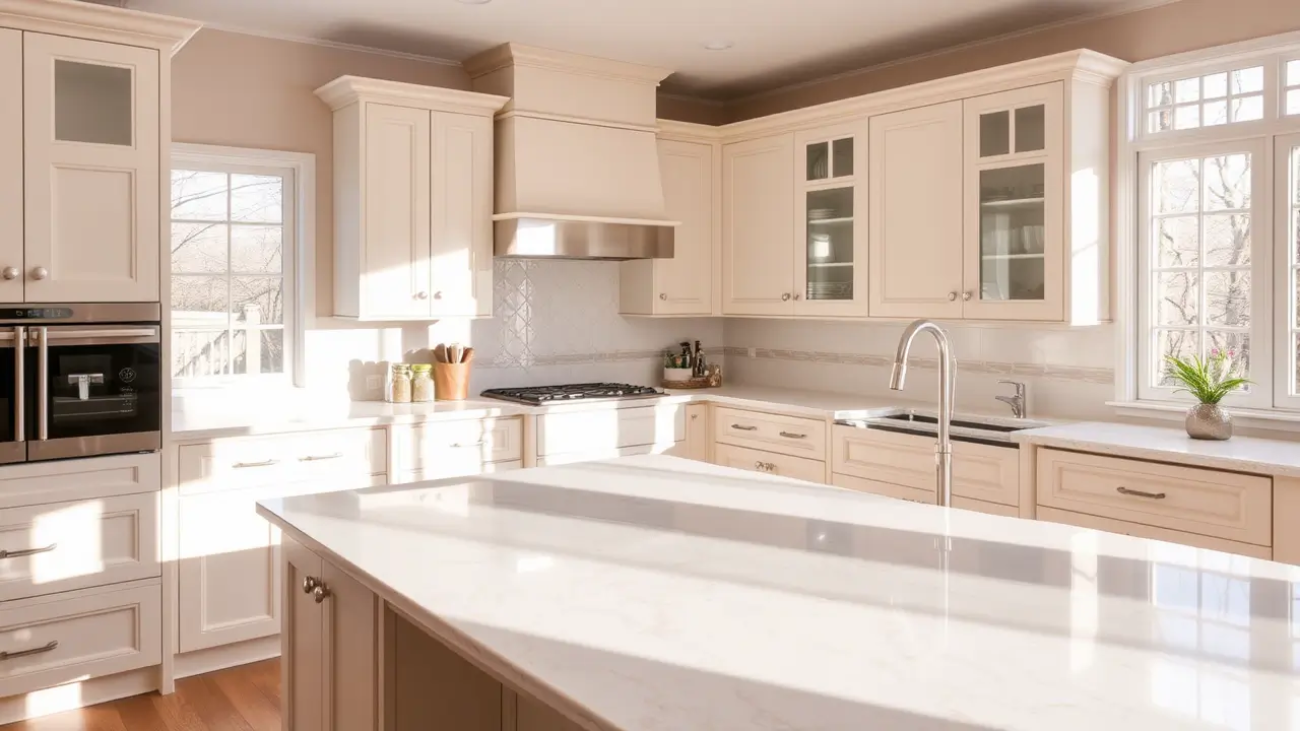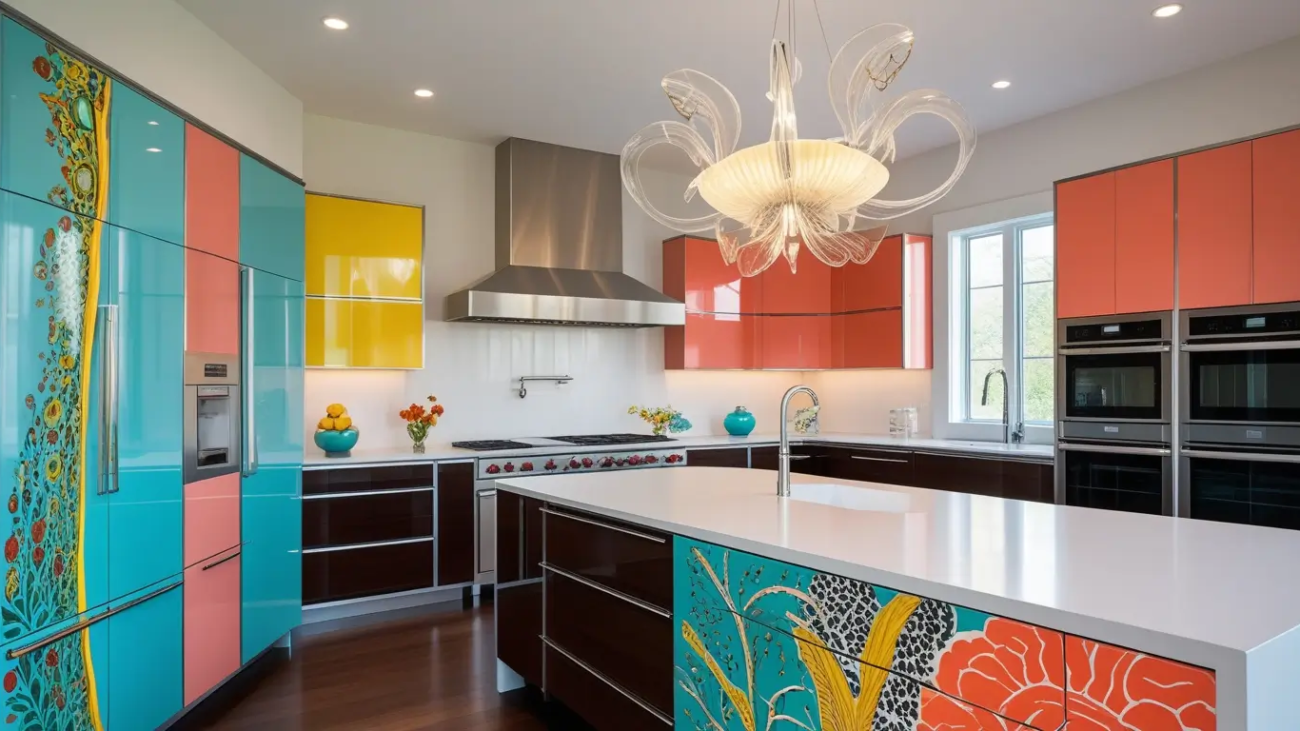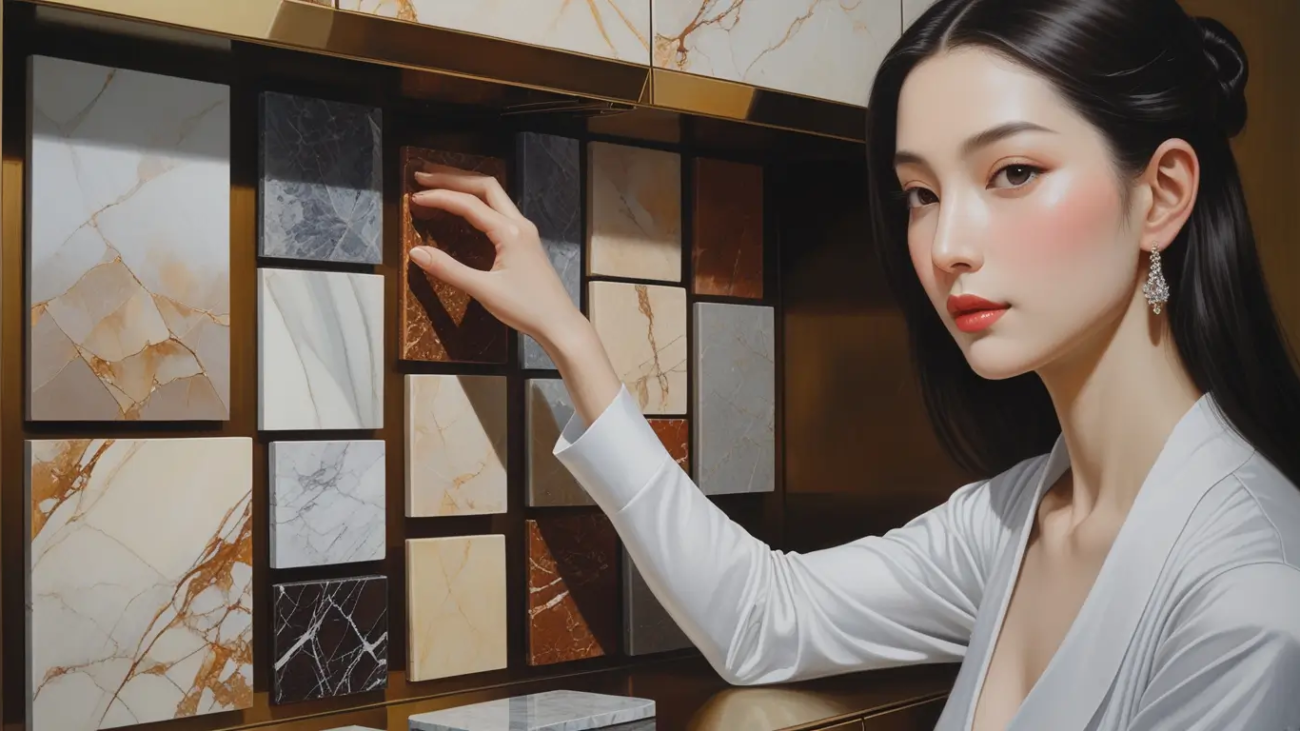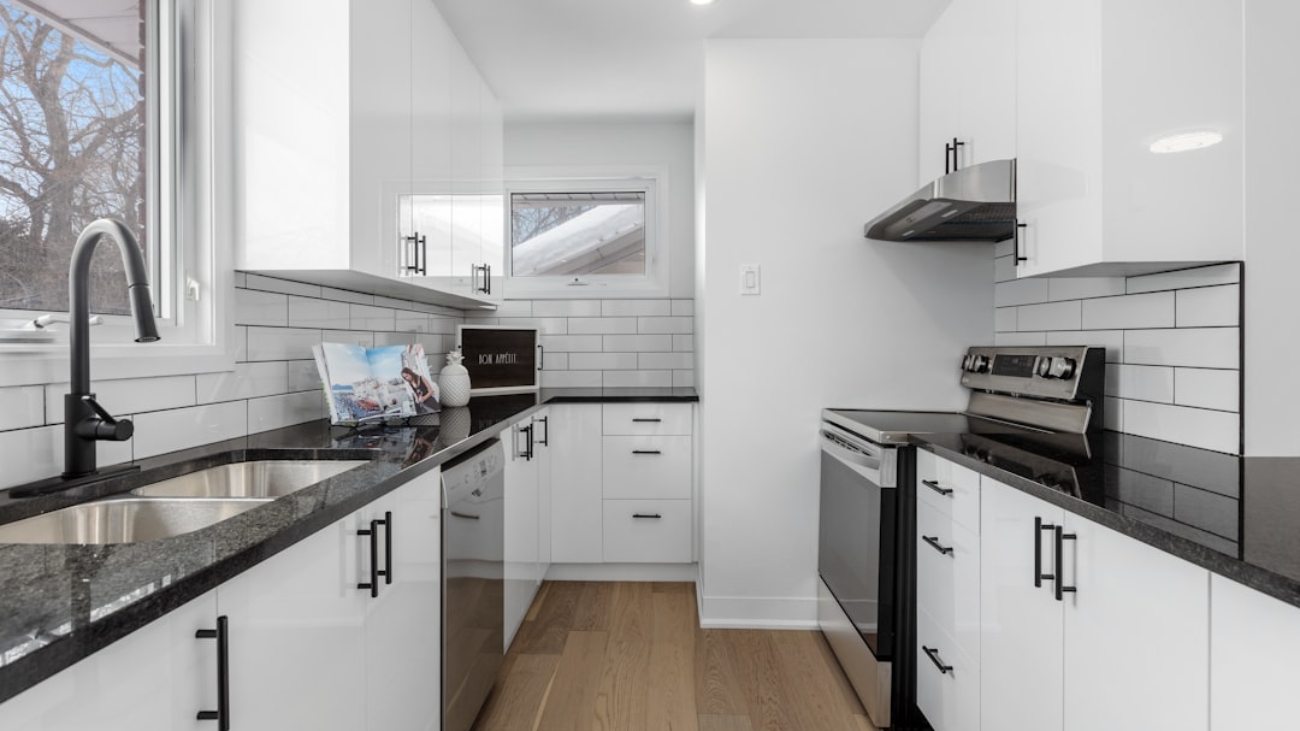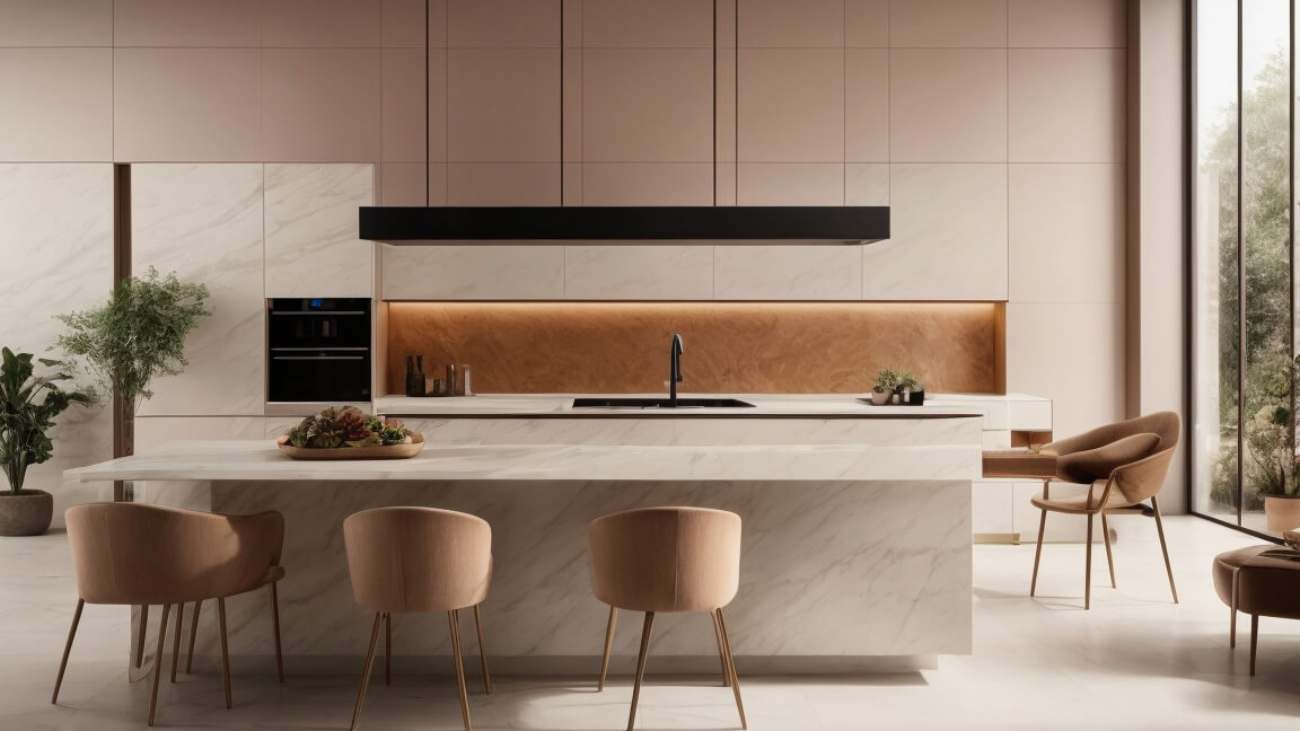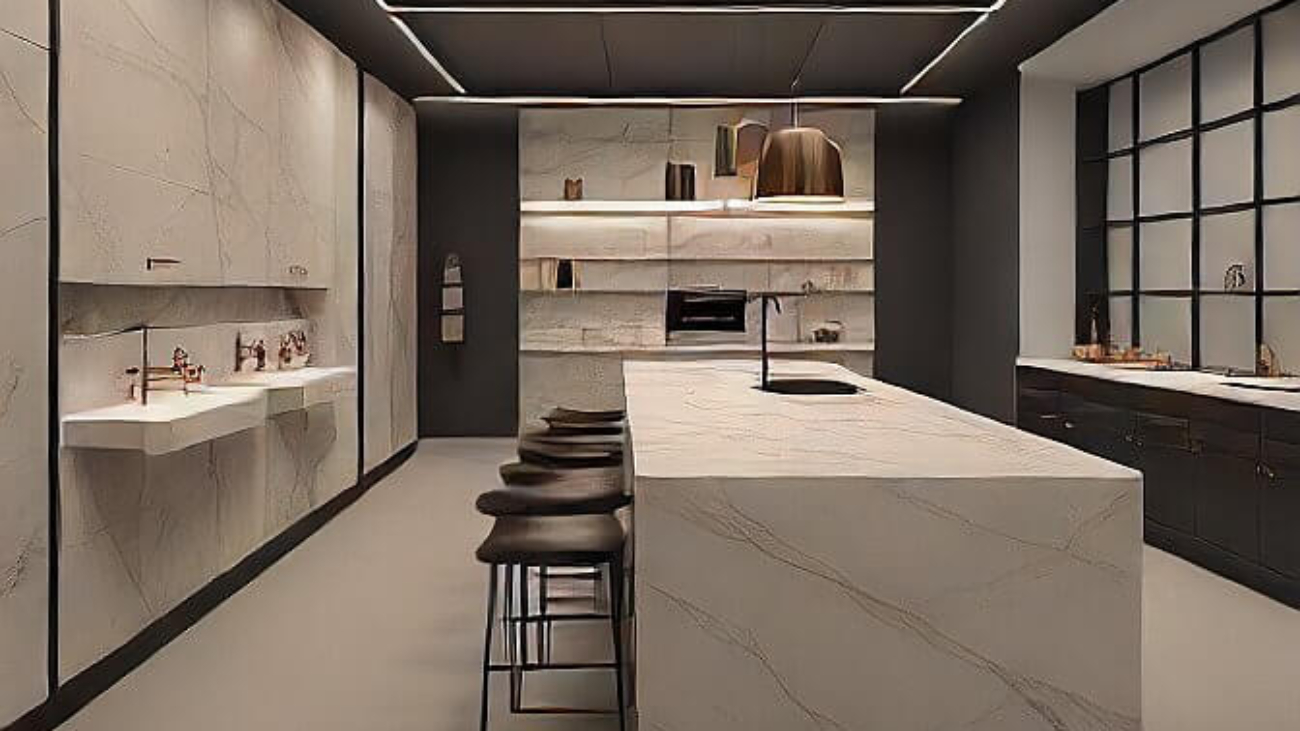Quartz is one of the most abundant minerals found on Earth, making up a significant portion of the planet’s crust. It is a crystalline form of silicon dioxide (SiO2) and is renowned for its remarkable durability and versatility. You may encounter quartz in various forms, from the clear, sparkling crystals often used in jewelry to the more opaque varieties found in countertops and other decorative items.
Its widespread presence in nature means that you are likely to come across quartz in many aspects of your daily life, whether you realize it or not. The formation of quartz occurs through a process called crystallization, which can take place in a variety of geological environments. This mineral can be found in igneous, metamorphic, and sedimentary rocks, showcasing its adaptability and resilience.
As you explore the world around you, you might notice quartz in its many forms, such as amethyst, citrine, and rose quartz, each possessing unique colors and properties. Understanding quartz is essential not only for appreciating its beauty but also for recognizing its significance in various industries, including electronics, construction, and even healing practices.
Characteristics of Good Quality Quartz
Clarity: A Key Indicator of Quality
High-quality quartz should be transparent or translucent, allowing light to pass through without obstruction. When examining a piece of quartz, look for any cloudiness or inclusions that may detract from its overall appearance. The presence of bubbles or foreign materials can indicate lower quality, while a clear and well-formed crystal suggests a more valuable specimen.
Color: A Factor of Quality and Beauty
While pure quartz is colorless, it can take on various hues due to impurities or structural anomalies. For instance, amethyst is a purple variety of quartz that owes its color to iron impurities and natural radiation. When assessing the quality of colored quartz, you should look for uniformity in color and saturation. A well-balanced hue without uneven patches or fading will typically indicate a higher quality stone.
Cut and Polish: Enhancing the Visual Appeal
The cut and polish of the quartz can significantly impact its visual appeal; a well-finished piece will reflect light beautifully and enhance its overall aesthetic.
Identifying Impurities in Quartz
Identifying impurities in quartz is crucial for determining its quality and value. Impurities can manifest in various forms, including color variations, inclusions, and surface blemishes. As you examine a piece of quartz, pay close attention to any visible flaws that may compromise its integrity.
For example, the presence of black specks or other foreign materials within the crystal can indicate lower quality. These inclusions not only affect the visual appeal but can also impact the stone’s durability. In addition to visible inclusions, you should also consider the texture of the quartz surface.
A high-quality piece will have a smooth and polished finish, while lower-quality quartz may exhibit rough patches or scratches. These imperfections can detract from the overall beauty of the stone and may suggest that it has not been properly cared for or processed. By being vigilant about identifying impurities, you can make more informed decisions when purchasing quartz products.
Importance of Quality in Quartz Products
The quality of quartz plays a significant role in its applications across various industries. In construction, for instance, high-quality quartz is often used in countertops and flooring due to its durability and resistance to scratching and staining. When you choose a high-quality quartz product for your home or business, you are investing in longevity and performance.
A well-made quartz countertop can withstand daily wear and tear while maintaining its aesthetic appeal for years to come. In the realm of electronics, the quality of quartz is equally important. Quartz crystals are used in oscillators and frequency control devices due to their ability to maintain stable frequencies.
If you are involved in technology or electronics, understanding the significance of high-quality quartz can help you appreciate its role in ensuring reliable performance in devices such as smartphones and computers. The precision and reliability offered by quality quartz components are essential for the smooth functioning of modern technology.
How to Determine the Quality of Quartz
Determining the quality of quartz involves a combination of visual inspection and tactile assessment. Start by examining the clarity of the stone; high-quality quartz should be free from visible inclusions or cloudiness. You can hold the piece up to light to see how it refracts light and whether any imperfections are noticeable.
A clear and brilliant appearance is often indicative of superior quality. Next, consider the color and consistency of the quartz. If you are looking at colored varieties, ensure that the hue is even throughout the stone without any noticeable patches or fading.
Additionally, assess the cut and polish; a well-crafted piece will have smooth edges and a reflective surface that enhances its beauty. Finally, if possible, inquire about the source of the quartz and any certifications that may verify its quality. This information can provide further assurance that you are investing in a high-quality product.
Finding Reliable Sources for High-Quality Quartz
Finding reliable sources for high-quality quartz can be a daunting task, especially with so many options available on the market today. To ensure that you are purchasing genuine products, start by researching reputable suppliers known for their commitment to quality. Look for companies with positive reviews and testimonials from previous customers; this feedback can provide valuable insights into their reliability and product offerings.
You may also want to consider visiting local gem shows or mineral fairs where you can interact directly with vendors and examine their products firsthand. This allows you to ask questions about sourcing practices and quality assurance measures they have in place. Additionally, online marketplaces often feature ratings and reviews that can help guide your purchasing decisions.
By taking the time to find trustworthy sources for high-quality quartz, you can feel confident in your investment and enjoy the beauty and durability that this remarkable mineral has to offer. In conclusion, understanding quartz involves recognizing its characteristics, identifying impurities, appreciating its importance across various industries, determining quality through careful assessment, and finding reliable sources for purchase. By equipping yourself with this knowledge, you can make informed decisions when selecting quartz products that meet your needs and expectations.
Whether you’re looking for decorative pieces or functional applications, high-quality quartz will undoubtedly enhance your experience and satisfaction.
If you are interested in learning more about high-quality quartz, you may want to check out the article on Solid Top’s website titled quartz surfaces offered by Jess Stones, providing valuable information on the features and benefits of their products. It is a great resource for anyone looking to upgrade their countertops or other surfaces with top-quality quartz materials.
FAQs
What is good quality quartz?
Good quality quartz is a type of engineered stone that is made from natural quartz crystals mixed with resins, pigments, and other materials. It is known for its durability, low maintenance, and wide range of colors and patterns.
How can you identify good quality quartz?
Good quality quartz can be identified by its uniform color and pattern, as well as its smooth and non-porous surface. It should also be resistant to scratches, stains, and heat.
What are the benefits of good quality quartz?
Good quality quartz offers a range of benefits, including its durability, resistance to stains and scratches, low maintenance, and wide variety of colors and patterns. It is also non-porous, making it resistant to bacteria and mold growth.
How is good quality quartz used?
Good quality quartz is commonly used for kitchen countertops, bathroom vanities, flooring, and wall cladding. It is also used for commercial applications such as in restaurants, hotels, and office spaces.
What are some popular brands of good quality quartz?
Some popular brands of good quality quartz include Caesarstone, Silestone, Cambria, and HanStone. These brands are known for their high-quality quartz products and wide range of colors and patterns.

